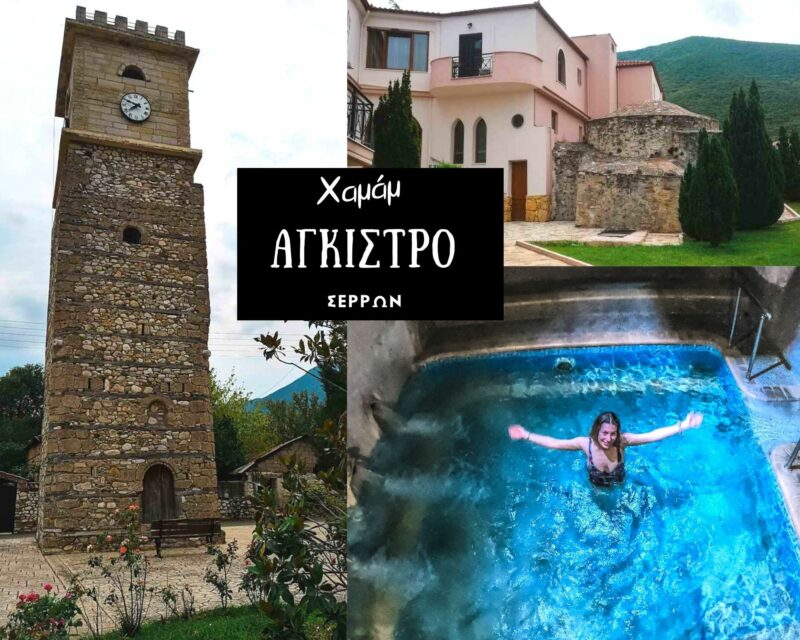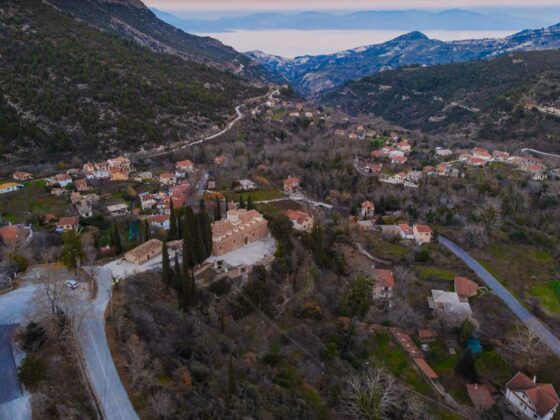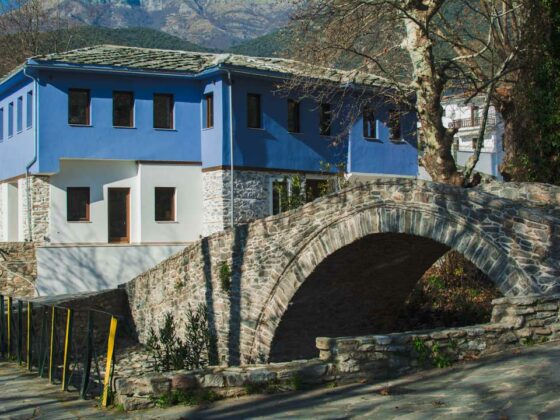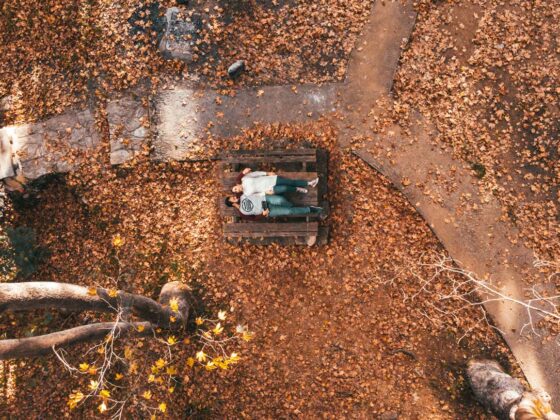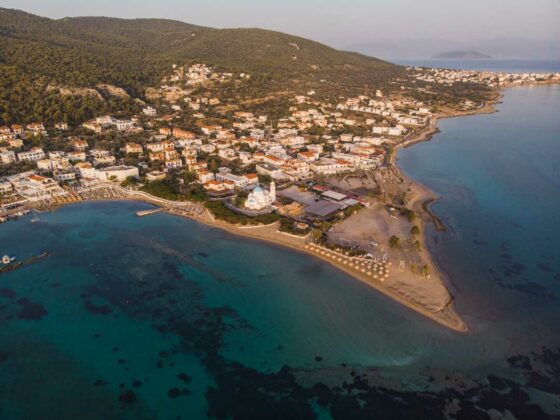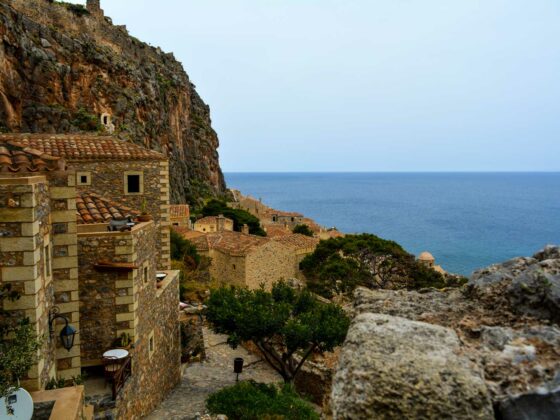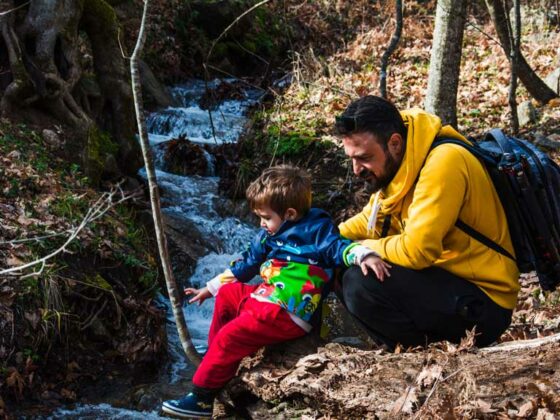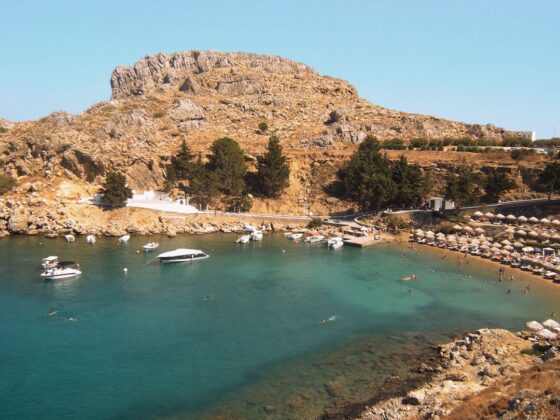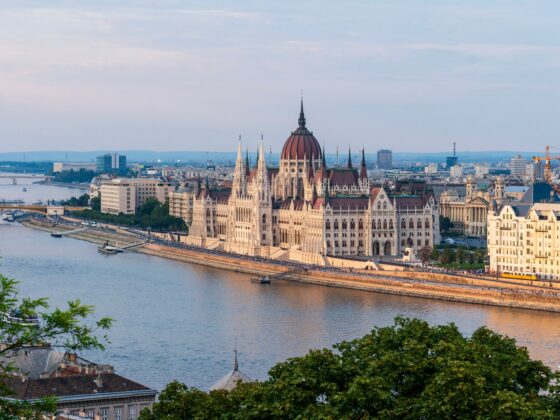What comes to your mind when you hear about the hammams of Agistro? Probably not much. Except that it’s a hammam. Okay! Quite normal. First of all, what most people don’t know is where Agistro is located, just like they don’t know that the oldest hammam in Greece is located there. So we owe you an article with all the information you need about this special place in Macedonia.
Where is Agistro?
From Cherso – Kilkis we start a fantastic route to the hammams of Agistro. The road may not be in the best condition, but the unique scenery makes up for it. First we pass by Lake Doirani, followed by Lake Kerkini, while all along the way we are accompanied by the Strimonas River and the wild beauty of Mount Belles. Each time we pass this route, we are filled with new images and different emotions.
Agistro is only 119 km away from Thessaloniki.

Agistro is the northernmost village of the prefecture of Serres. It is built at the foot of Mount Agistro and is next to the border between Promachonas and Bulgaria. And when I say next to, I mean literally. As before, you drive straight on to cross the border, take the exit on the right that leads to the village of Agistro, and in a few minutes you are ready to get to know this small border village.
The ski resort of Bansko is located 109 km from the border of Promahonas and is a favorite winter destination for many residents of Central Macedonia.
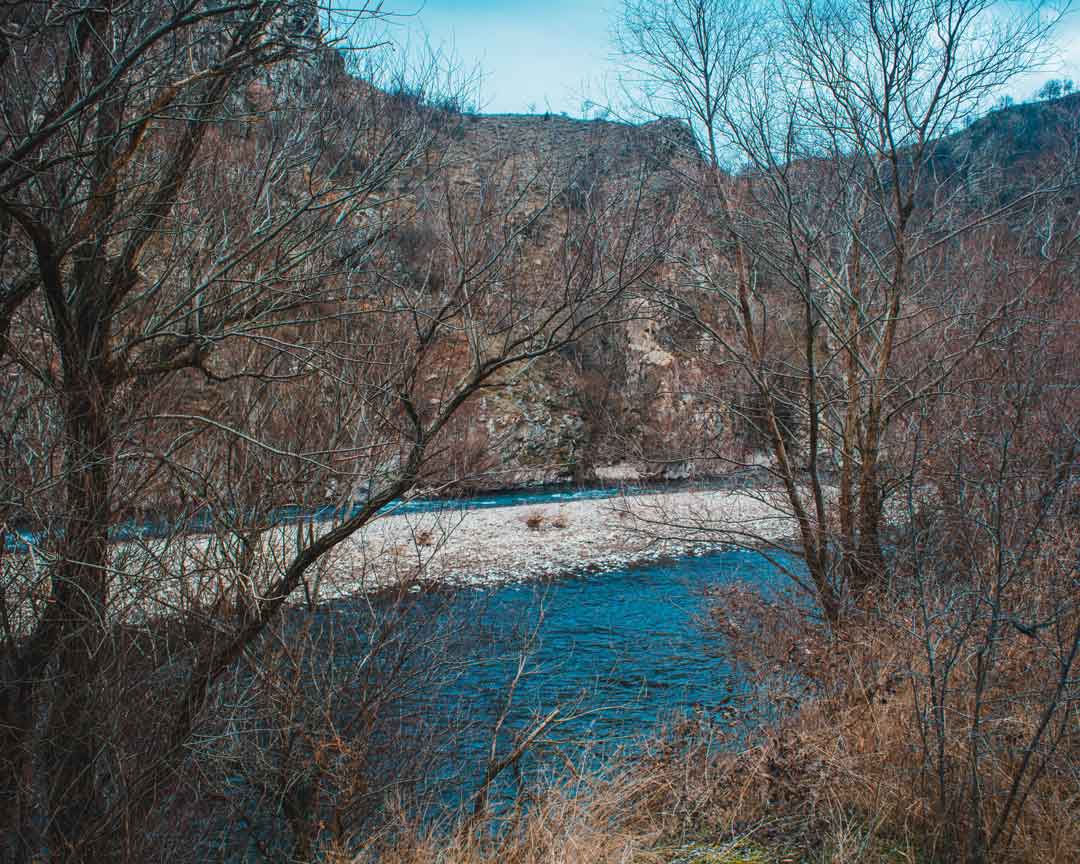
The hammams of Agistro
As I told you at the beginning, the hammam in Agistro is the oldest in Greece. The hammam complex is located on the outskirts of the village. Follow the signs to the hammams after entering Agistro. Attention! Do not rely on Google Maps. The location it shows is wrong. It will take you to the center of the village.
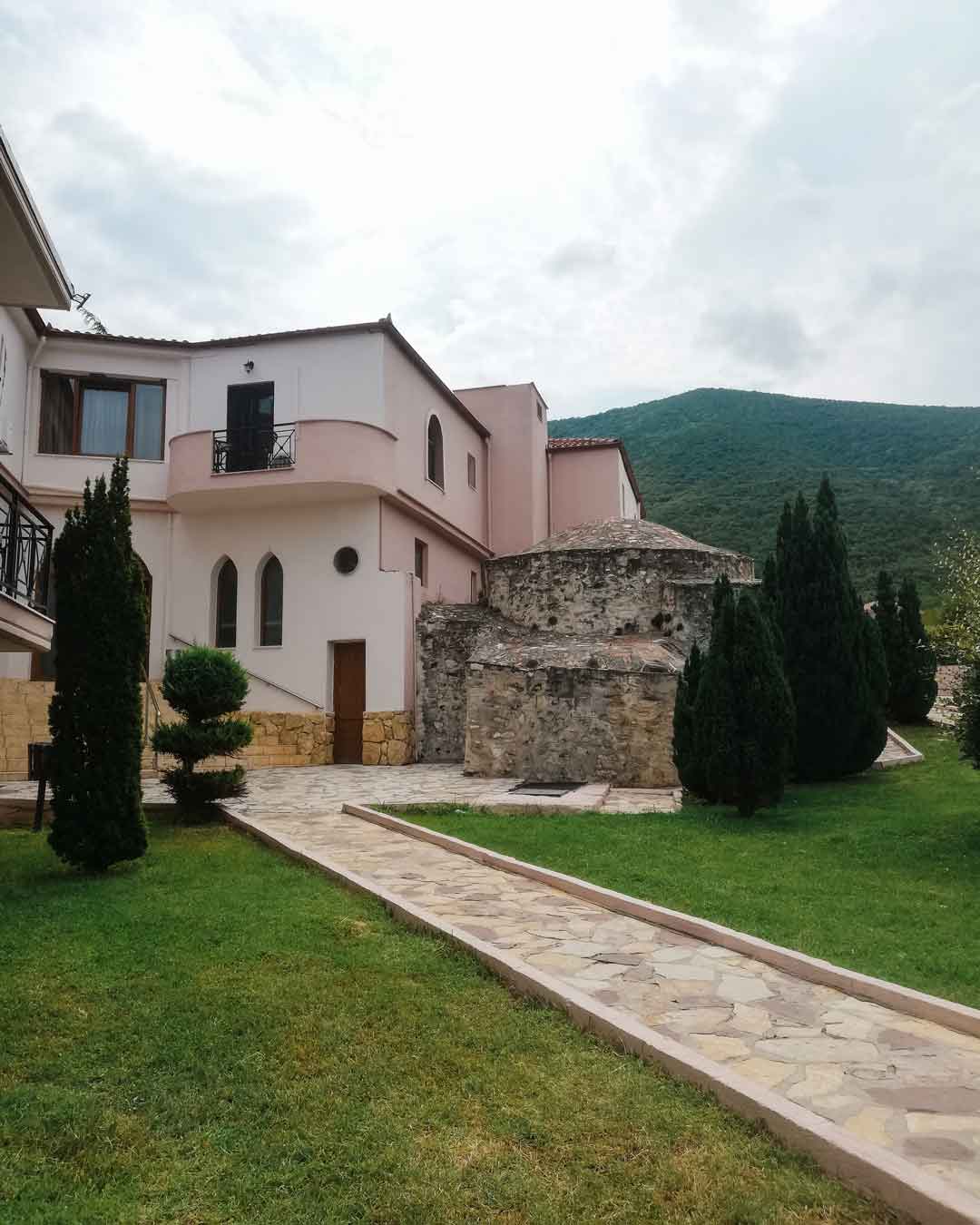
In the village you will find some of the most beautiful guesthouses in Greece. Here you can find the ideal accommodation for your stay.
When you arrive at “Hotel Hammam Agistro”, park your car in the parking lot. At the entrance you will see the Byzantine stone building dating back to 950 AD and classified as a great cultural monument. In addition to the Byzantine Hammam, there are other buildings in the same courtyard that house 8 modern baths. All of them are new and open 24 hours a day all year round.
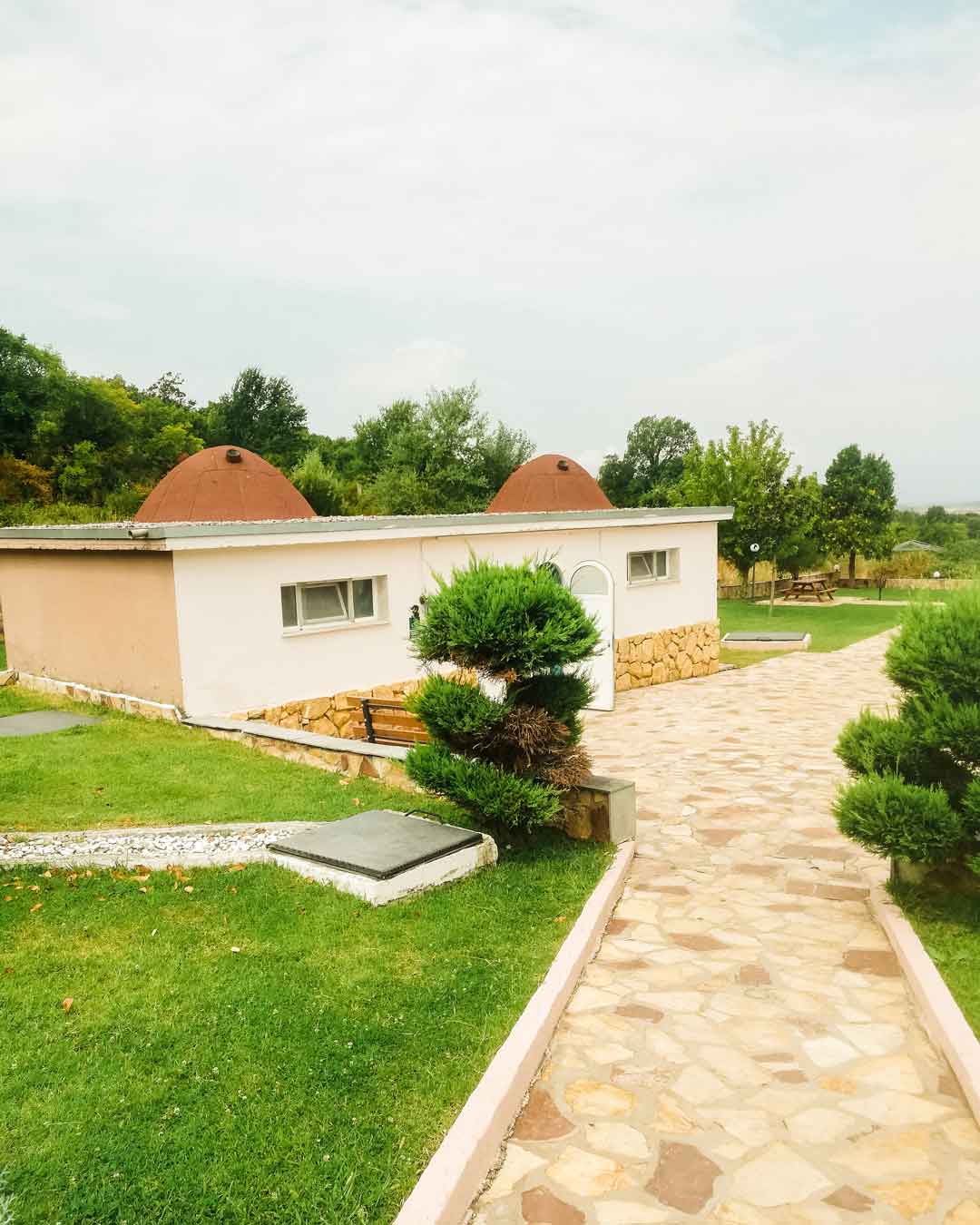
You can book for your next accommodation in Agkistro by clicking this link
Did you know that the springs of Agistro are among the best in Europe? We didn’t know that. But we did, during our visit there. We also admired how modern and organized the facilities are. The temperature in the baths is up to 40.5°C. In the summer months, however, the temperature is around 37°C, as we found out.
Its thermal waters are ideal for rheumatic diseases, arthropathies, discopathies, myalgia, etc. The nice thing about the hammams in Agistro is that you can enjoy them privately, with your own company. Each one has its own shower and changing rooms.
The ideal number per bath in the Hammam in Agistro Serres is 2-4 persons. It is advisable to make an appointment by phone the day before your visit. The standard duration of use is one hour and the cost per person is 6€.
You can book for your next accommodation in Serres by clicking this link
One piece of advice we would like to give is to make an appointment for a massage after the hammam, to complete your visit to Agistro in the right way. It would also be a good idea to book your massage the day before, as you may not be able to find the hours you want.
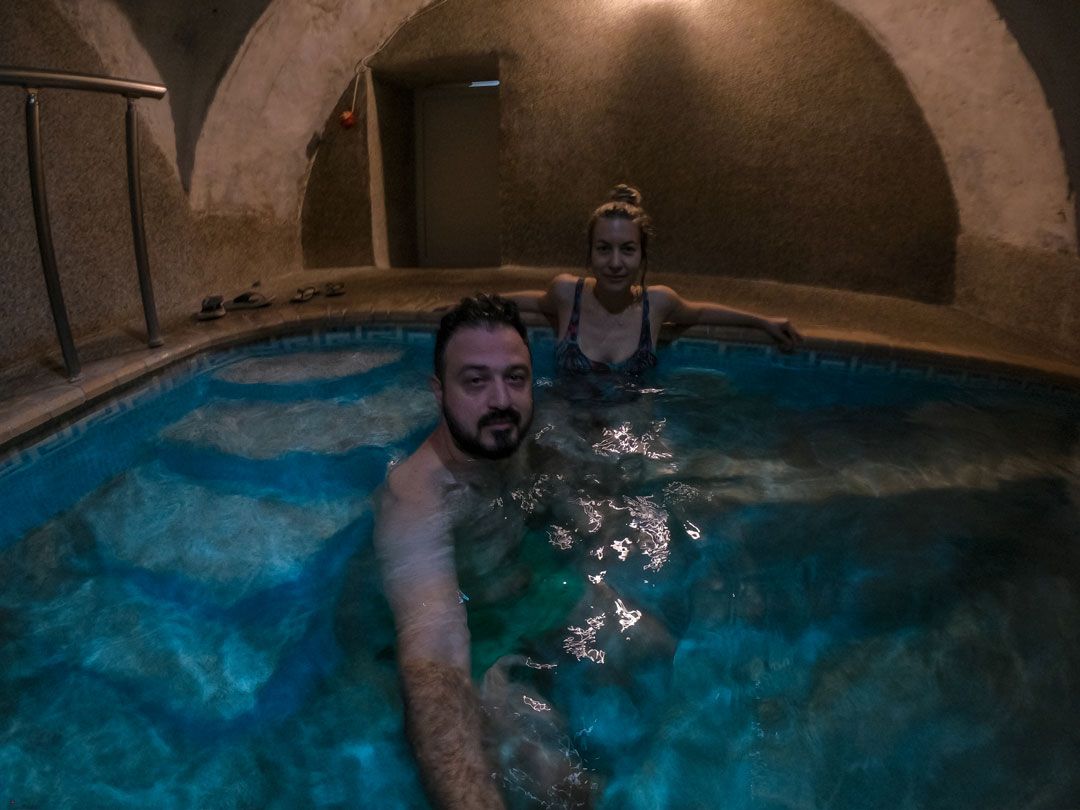
History of the village of Agistro
The history of the village is lost in the depth of the centuries. During the Turkish occupation, the village of Agistro was called Tsiggeli. At that time the Byzantine bath was the privilege of the local Bey who enjoyed it together with his harem. In the center of the village there is a stone tower which was used as a prison and execution place during the Turkish occupation.
At its four corners, there are still the stone outbuildings where the gallows for the executions were set up. Much later, in the 14th century, a new part of the tower was built, in which a clock was placed. Of course, it seemed to be a much newer construction, so it might not be the original mentioned in the story.
The mines of Mount Agistro financed Alexander the Great’s campaign against the Persians in Asia.
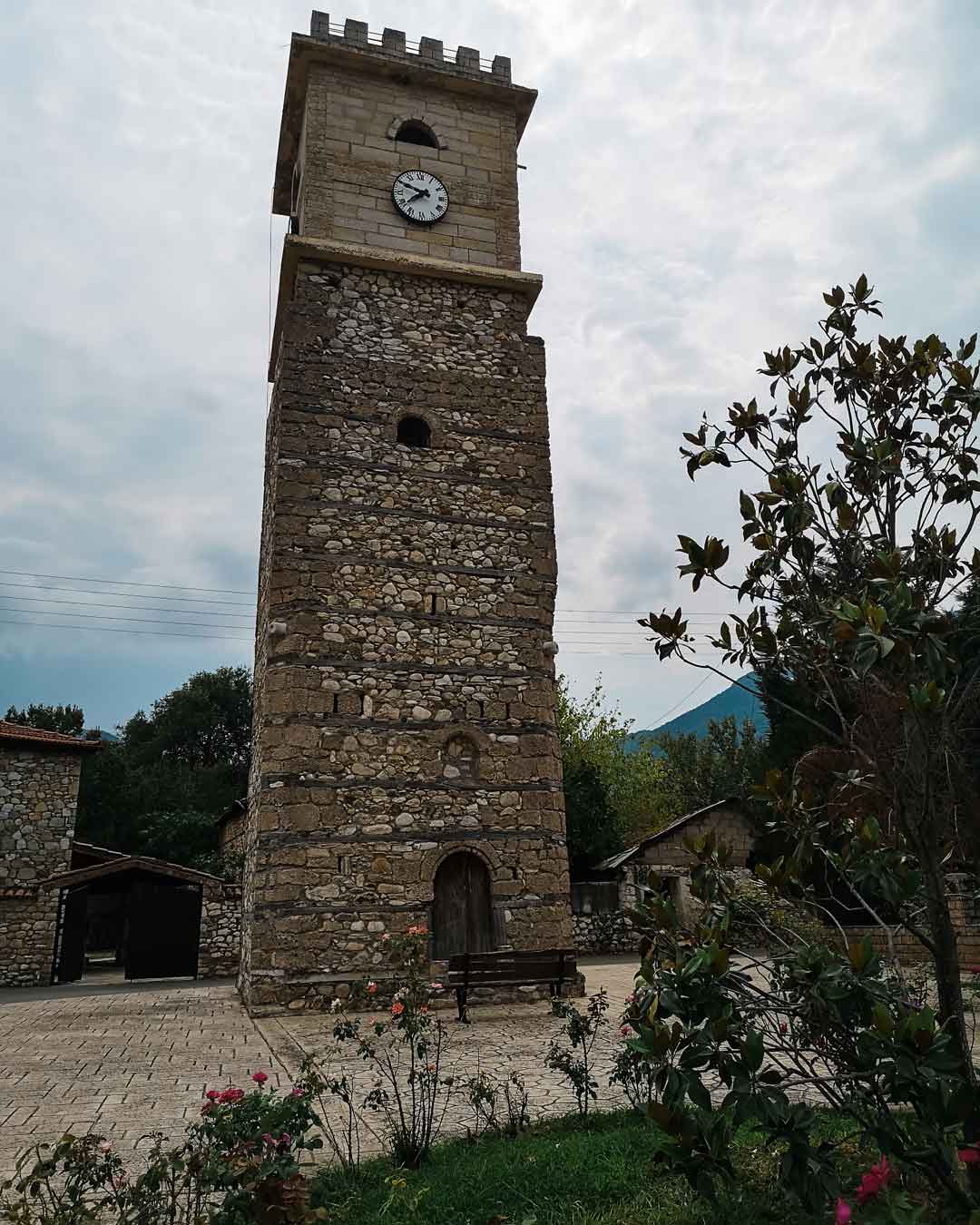
Much later, after the end of the Balkan wars, in 1913, the border between Greece and Bulgaria was demarcated a few meters north of the village. Therefore, the area was a militarized zone for many years. After the Asia Minor disaster, with the arrival of the refugees, the village was on a path of economic development due to the increase in population.
Agistro experienced a period of decadence after the outbreak of the Greek-Italian war in 1940, when the inhabitants were evacuated due to military operations and the German invasion. All the settlements were destroyed during the Second World War and the civil war of the following years. When the inhabitants returned, Agistro was almost in ruins.
It is worth visiting the Rupel fortress near Agistro. Thanks to it and the bravery of the few guards, the Nazi hordes did not manage to enter Greece in time, which changed the whole outcome of the war.
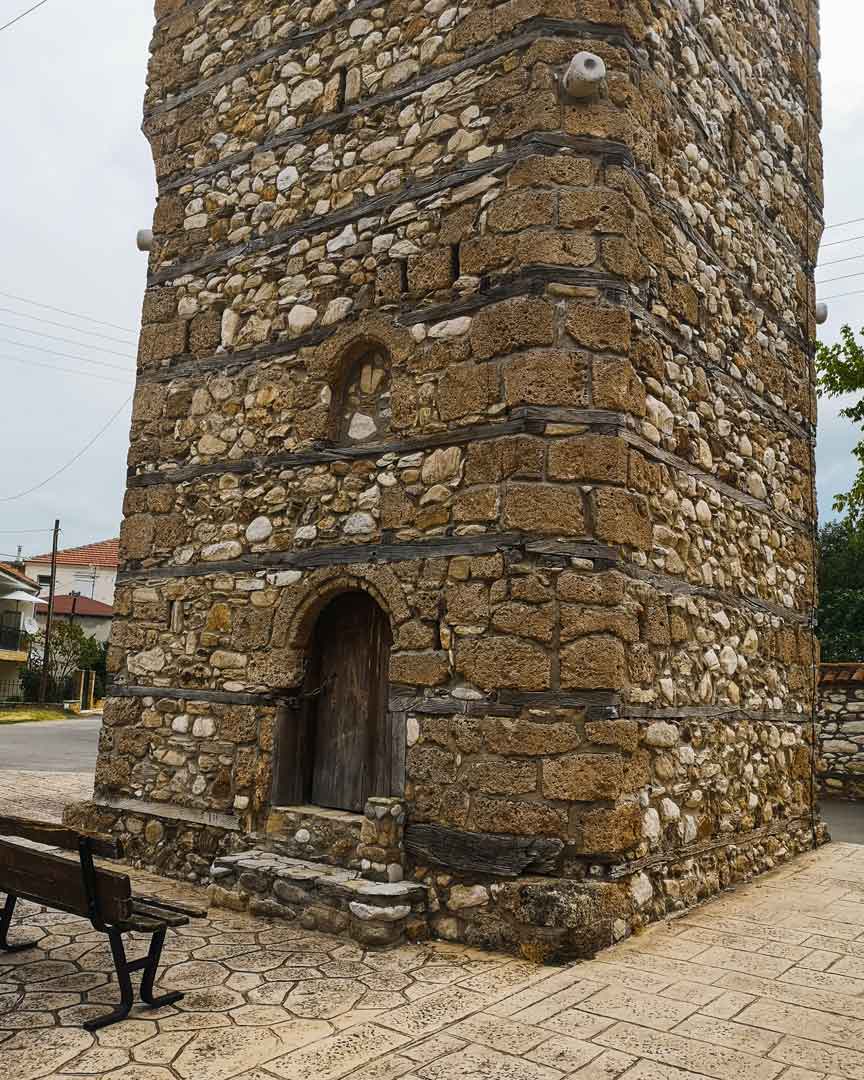
In post-war Greece and due to the intense militarization of the area, it was very difficult for the village to recover quickly. The picture of this decline began to change after 1990 with the development of the baths and the change in the situation between Greece and Bulgaria.
Few words for Agistro.
Agistro is a wonderful example of alternative tourism that should be utilized much more by the local region and administration. Along with Lake Kerkini, the surrounding villages and the picturesque Ano Poroia, it should definitely be on your list of things to see in Macedonia.
Youtube Video Hammam in Agistro Serres : Relaxing in the oldest Byzantine Hammam in Greece (Greek)
Find us on social media
Follow travelshare.gr on Google News and be the first to know about our trips, excursions, suggestions and tips for each destination. Follow us on Facebook, Instagram, Youtube, Tiktok & LinkedIn.

